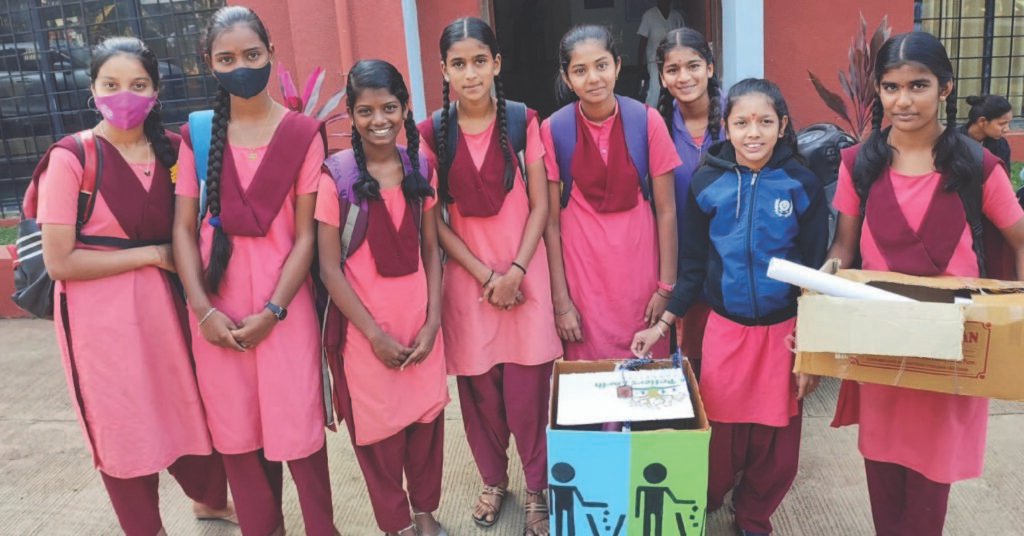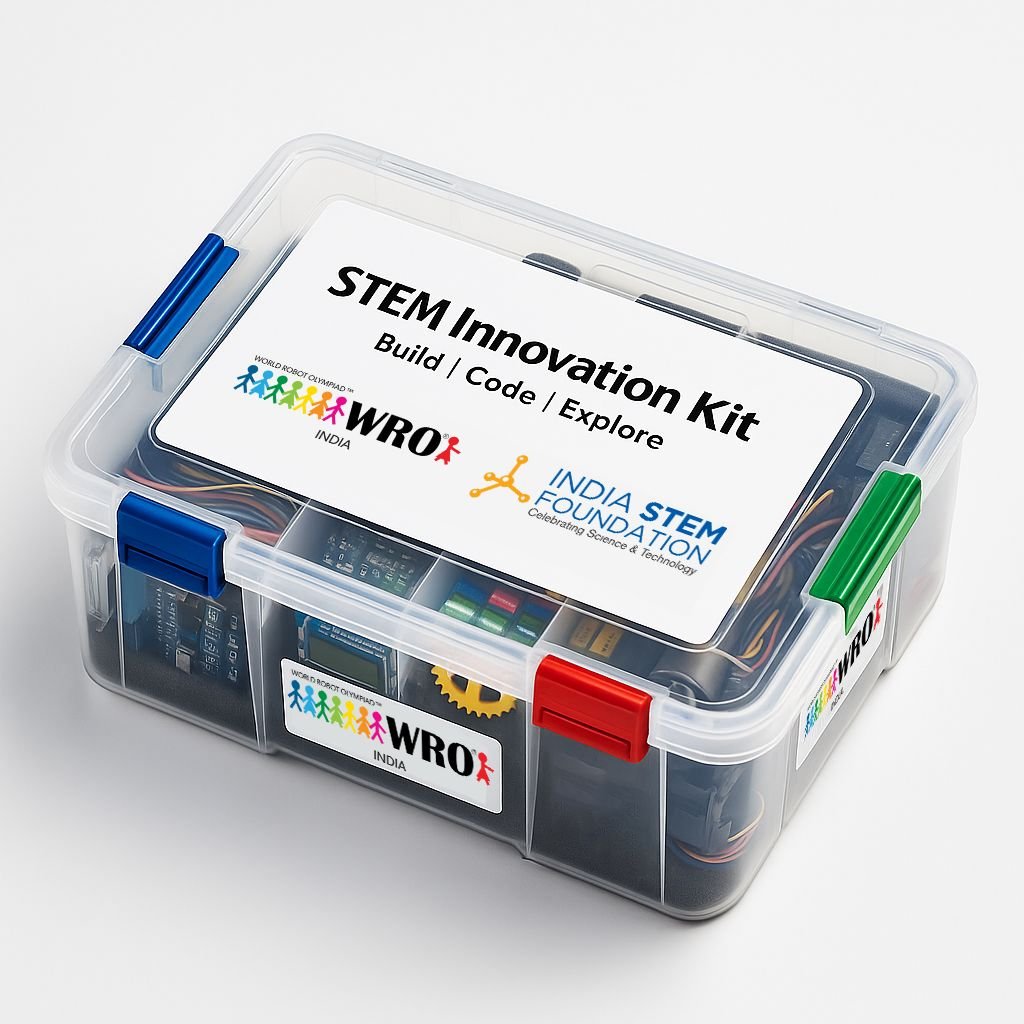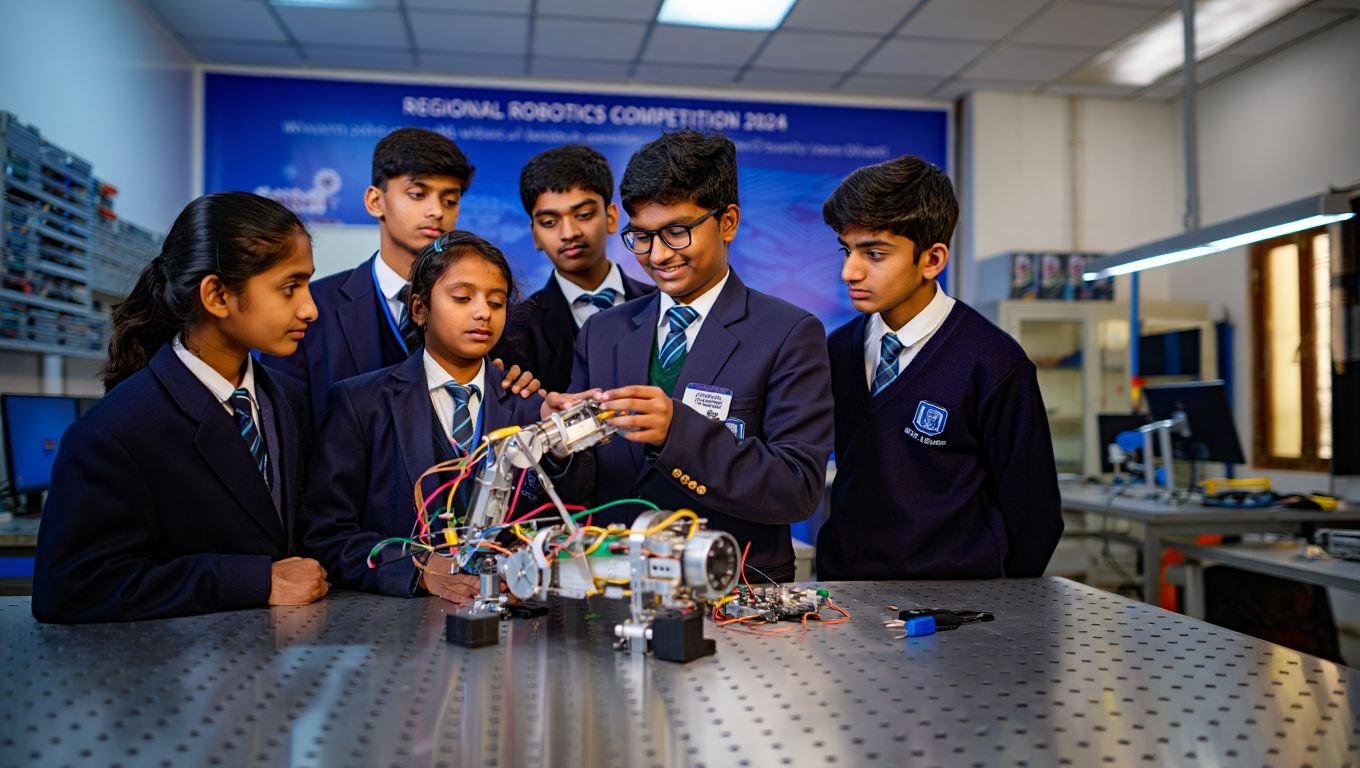Science, Technology, Engineering, and Mathematics, or STEM, education is essential to shaping our future. It gives people the knowledge and abilities needed to succeed in a technologically advanced setting. Nonetheless, there is a pressing need for more women to pursue careers in STEM to help shape a more promising and inclusive future for these disciplines as well as the global community and to unlock the unrealized creativity, inventiveness, and potential of the next generation.
The Existing Gender Gap
The current gender gap in STEM fields, which include science, technology, engineering and mathematics, remains an ongoing and significant problem. Statistics and research consistently show that women are underrepresented in these fields. Compared to men, women make up a significantly smaller portion of the STEM workforce and are less inclined toward STEM education and careers. This gender imbalance has profound implications for STEM innovation and inclusion. Lack of equal representation reduces the diversity of perspectives, concepts and problem-solving approaches in these fields. Diversity acts as a catalyst for creativity, and a more diverse and inclusive STEM community would provide a wider range of ideas and solutions, ultimately accelerating the advancement of technology and science.
Shattering Stereotypes in STEM
Women have historically had less access to STEM education and professional possibilities. But the stories of trailblazing women who succeeded in their industries despite social expectations—Kalpana Chawla in aerospace, Tessy Thomas in missile technology, and so on—showcase their tenacity, willpower, and remarkable accomplishments. The section can go into detail about the difficulties women face, such as work-life balance concerns, stereotypes, and a lack of representation. It can draw attention to laws or programs that deal with these issues; examples include diversity campaigns in the workplace and in educational institutions, mentorship programs, and scholarships.
Case in point: the gender gap in computer science
Enrollment disparities: At many institutions, there are significant disparities between male and female students enrolled in computer science programs.
Workforce Representation: Technology companies and IT departments often have a predominantly male workforce, especially in technical roles such as software engineering or cyber security.
Leadership positions: Women are also underrepresented in leadership positions in the technology sector. Despite their presence in the workforce, the number of women in leadership or management positions in technology companies is disproportionately low.
Cultural and Social Factors:
The stereotypes and cultural biases of society contribute to this gender gap in computer science. Perceptions of computer science being suited to men, a lack of role models, and implicit biases in hiring practices contribute to women’s reluctance to pursue careers in the field. This example shows the prevailing gender gap in one particular STEM field – computer science. — highlight disparities in recruitment, workforce representation, leadership roles and social influences that contribute to this imbalance.
Future prospects
The possible changes of greater participation of women in STEM projects are discussed. This may include predictions of economic growth, technological development, and social benefits resulting from a more inclusive and diverse STEM environment. Ongoing challenges such as keeping women in STEM careers, equal pay and addressing cultural biases should also be considered. One notable role model who is actively working to close the gender gap in STEM is Dr. Tessy Thomas, often referred to as the “Rocket Woman of India.” Her contributions and leadership in rocketry have made her an inspiration and role model for women pursuing careers in STEM fields. Dr. Tessy Thomas played a pivotal role in India’s missile program and made history as the project manager of the Agni-IV missile. Her achievements not only broke gender boundaries but also demonstrated excellence in a traditionally male-dominated field.
Fundamentally, while STEM education forms the foundation of our future, the persistent gender gap in these fields is a major obstacle. Overcoming stereotypes, championing inclusion and addressing
Differences are key. The gender gap in fields such as information technology particularly highlights recruitment, workforce representation, leadership inequality and cultural biases. However, a more inclusive future holds promise as women’s participation increases, leading to economic growth, technological progress and social benefits. Role models like Dr. Tessy Thomas demonstrate the transformative potential of women in STEM and inspire future generations to shape a more promising and inclusive future for these important professions and our global community.




